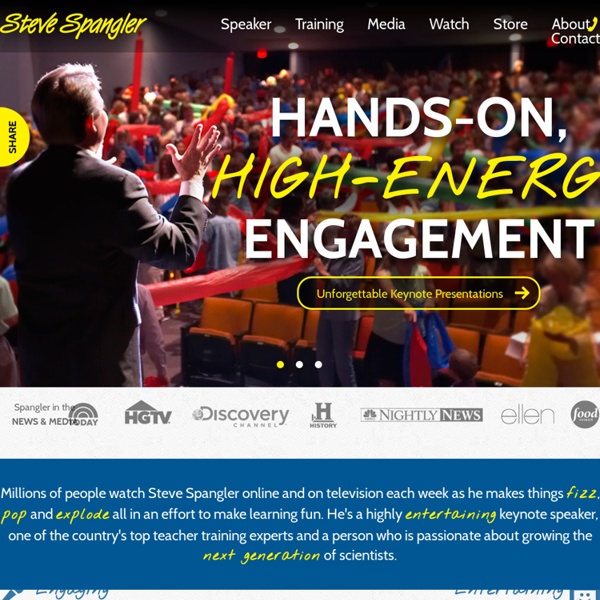



Environmental Science - AP Environmental Science - Homework Help Can I take a course at HippoCampus for credit? How do I enroll in a course at HippoCampus? Are there any fees to take your courses? How do I make a comment or ask a question? How do I get individual help with my homework assignment? What are the preferred texts? How can I use HippoCampus in my classroom? How can I use HippoCampus in my home school? Can I use the resources you have available for my homeschoolers? Do you know of any wet lab resources to accompany HippoCampus content? Is there a script, app, or something that can be used to track student use of HippoCampus? Can I share my HippoCampus content with my fellow teachers? Can I download the video? Can I change the size of the video window? Why won't the Environmental Science animations play? What if my page scroll bars or "submit" button are not showing? I can't find closed captioning. Where does the content from your site come from? There is an error in the multimedia presentation. How do I report a course errata item? No. AP Course Ledger
Preschool science activities How to nurture your child's interest in the natural world © 2008 -2012 Gwen Dewar, Ph.D., all rights reserved Can we design better preschool science activities? Activities that stimulate curiosity, teach science concepts, and avoid overwhelming or boring children with lessons that are developmentally inappropriate? In the article below, I review the advice of educational and cognitive psychologists about preschool science education. But if you are looking for specific activities, you can also check out these links: Floating and Boating is a set of science activities that encourage kids to play in the water, explore the concept of buoyancy, and make some cool contraptions. Dirt Lab is a set of activities that encourages kids to investigate the properties of dirt and mud. Animal tracking offers young children opportunities to exercise their spatial and scientific reasoning skills. Experiments with ice cubes introduce kids to aspects of the scientific method, as does this • how living things move